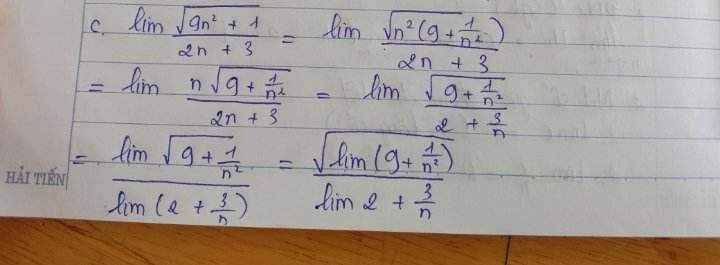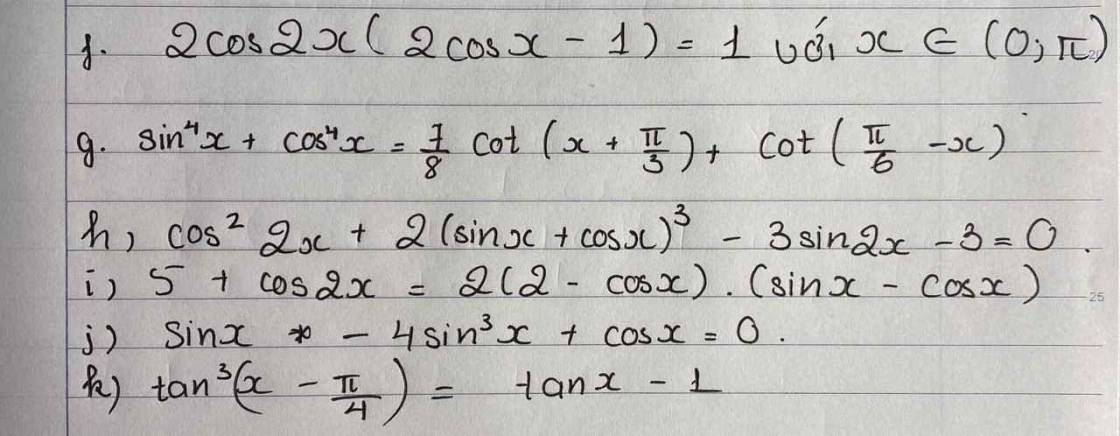K
Khách
Hãy nhập câu hỏi của bạn vào đây, nếu là tài khoản VIP, bạn sẽ được ưu tiên trả lời.
Các câu hỏi dưới đây có thể giống với câu hỏi trên
LH
0



LA
9 tháng 1 2024
Hệ số biến dạng theo mỗi trục đo O'x', O'y', O'z' lần lượt là:
p=O'A'OA=22=1�=�'�'��=22=1;
q=O'B'OB=13�=�'�'��=13;
r=O'C'OC=46=23�=�'�'��=46=23.
ML
0


NM
Nguyễn Minh Quang
Giáo viên
2 tháng 9 2021
ta có \(x\in\left[-\frac{\pi}{4};0\right]\Rightarrow2x\in\left[-\frac{\pi}{2},0\right]\Rightarrow sin2x\in\left[-1,0\right]\)
Vậy \(\hept{\begin{cases}GTNN=-1\\GTLN=0\end{cases}}\)
ML
0


1 tháng 9 2016
\(2x+\frac{\pi}{6}=\frac{\pi}{2}+k\pi\)
\(\Leftrightarrow2x=\frac{\pi}{3}+k\pi\)
\(\Leftrightarrow x=\frac{\pi}{6}+\frac{k\pi}{2}\)









 Ai giải chi tiết cái này hộ mình với
Ai giải chi tiết cái này hộ mình với